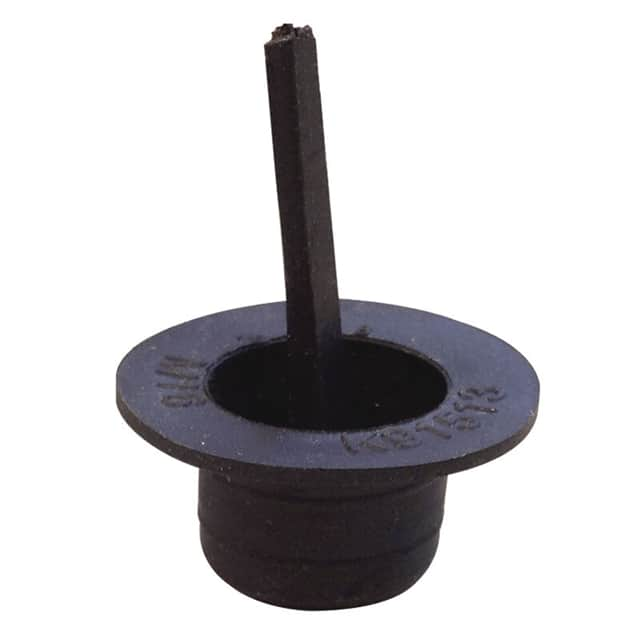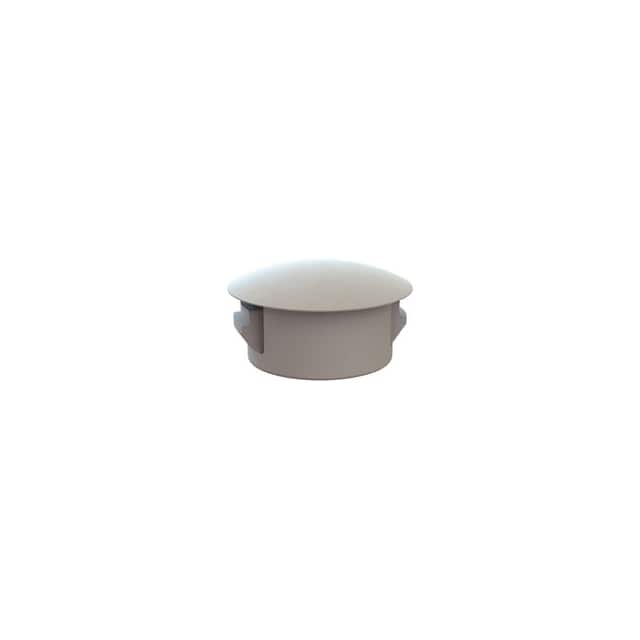historicalarms
Ultra Member
That might be true in theory but in actual practice, I've seen different.Stainless fasteners and aluminum are often used together because they are both corrosion resistant to external elements, quite often the reason aluminum was chosen in the first place,
When Alum Bud wheels became fashionable on 18 wheelers all sorts of oxide corrosion became evident after a year or two of use, Usually took a very big sledge hammer to break an alum rim from the hub and that was after the air wrench guys took the threads off the studs...so we all started carrying a jar of some sort of salve to stop the corrosion , Copper Coat was the preferred brand to carry....workd excellent....then the govmt with its powers of deductions decided that using an anti seize on stud threads & wheel nuts was verbotten totally. Now even the air wrench guys at the tire shops wouldnt even use WD40 on the studs...so now SS lug nuts became the thing to have...but damned if they didn't eat the lug nut engagement area out of the alum bud wheels ....so you boys arent the only ones fighting this oxide thing....and if the truckers cant find a solution good luck to the rest of us.


